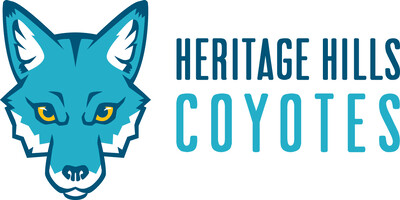Head Lice
HHE Personal Mobile Device Plan
Learn about the expectations for using personal mobile devices such as cell phones, tablets and smart watches at HHE.
School Fees / Frais de Scolarité
HHE School Education Plan 2025-26
Guide to Reporting Student Achievement
Reporting a Student Absence
By phone 780-467-7447, or email, general.hhe@eips.ca, if your child will be late or away. Provide a reason and if ill, include symptoms.
